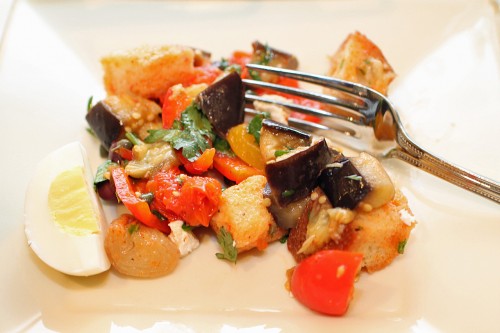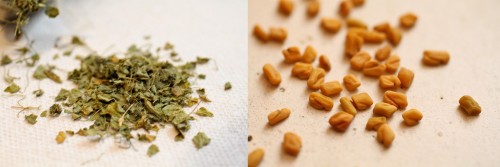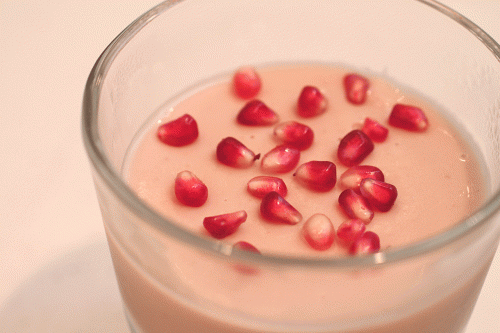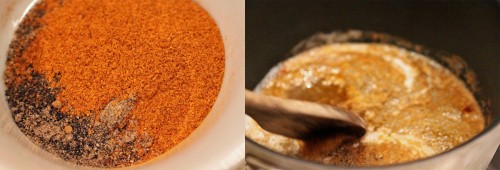Fabulous Can Fabes
Fabulous Can Fabes. This was truly the indulgent, culinary pinnacle of our trip to Barcelona – an amazing multi-course (I lost count!) meal that showcased the amazing produce, seafood, and meat the region has to offer.
Located in Sant Celoni, about 40 minutes or so north of Barcelona, Can Fabes is Chef Santi Santamaria’s interpretation of Catalan cuisine using the best ingredients from the region. The restaurant actually was the first in Catalonia (yes, before El Bulli) to receive three Michelin stars.
Pulling up to this unassuming (from the outside…) restaurant in the middle of sleepy Sant Celoni surrounded by narrow streets, apartments, and townhouses, I didn’t know what to expect. But walking in, the restaurant is super sleek, black, neutrals and clean lines with splashes of color. The kitchen is glassed in, so you can watch the chefs at work. It was truly a beautifully designed, yet intimate space.
I don’t know where to begin with the food! We did the summer tasting menu instead of à la carte, and it was a serious affair. An amuse bouche to introduce the three amuse bouches courses – each course having three different amuses. Is that confusing enough??? It was for me too, in fact. Crunchy squash blossoms, chicken gelée with mushrooms, parmesan grisini with lardo di colonnata, endive spears with aioli and olivade to name a few…Nine tiny dishes later, the actual menu began.
Zucchini with eggplant, green almonds, and jamón served alongside a crunchy tartlet with anchovy sauce was the first full dish of the menu. This one was kind of a blur for me to be honest. Then came delicious langoustines in a creamy parsley sauce with a cherry tomato salad. Next, my favorite dish!! Little dumplings filled with a creamy cheese, basil, pine nuts, and spring onions covered (generously) with summer truffles…I’m still dreaming about this one. A stuffed, huge calamari came after with a delicious, rich butter sauce and really thin crispy, green peppers. Finally, there was an amazing goat for two, which came in at a close second to the truffle dumplings – it’s quite frankly hard to beat that. The goat was a succulent rib, perfectly charred and not too gamey, in a delicious jus with baby corn, pearl onions, and nutty roasted garlic.
I can’t even talk about the dessert courses. Why? Because the house Merlot had gotten to me at this point. It was truly spectacular, and I’m not really a Merlot drinker. The restaurant owns about 1 hectare of land (about 2.5 acres for those of us that are metric-challenged) and produces only three-dozen bottles yearly. The wine is aged about 15 months but was incredibly drinkable with sweet tannins.
The desserts included a delicious melon soup, baked pears with pear ice cream over crunchy caramel, a strawberry and hibiscus non-alc martini, rich vanilla ice cream over apple macedoine, and an amazing petit fours course.
The lunch was entirely something else. The restaurant is part of the Relais & Chateaux group, and is attached to a “hotel” of sorts – small rooms adjoining the restaurant mainly for diners who stuff themselves silly and prefer to spend the night. There is also a fantastic wine cellar, a Chef’s table, and the Dins bar, which is a cigar cave of sorts. This was, for me, destination eating at its finest – a truly memorable experience.
























